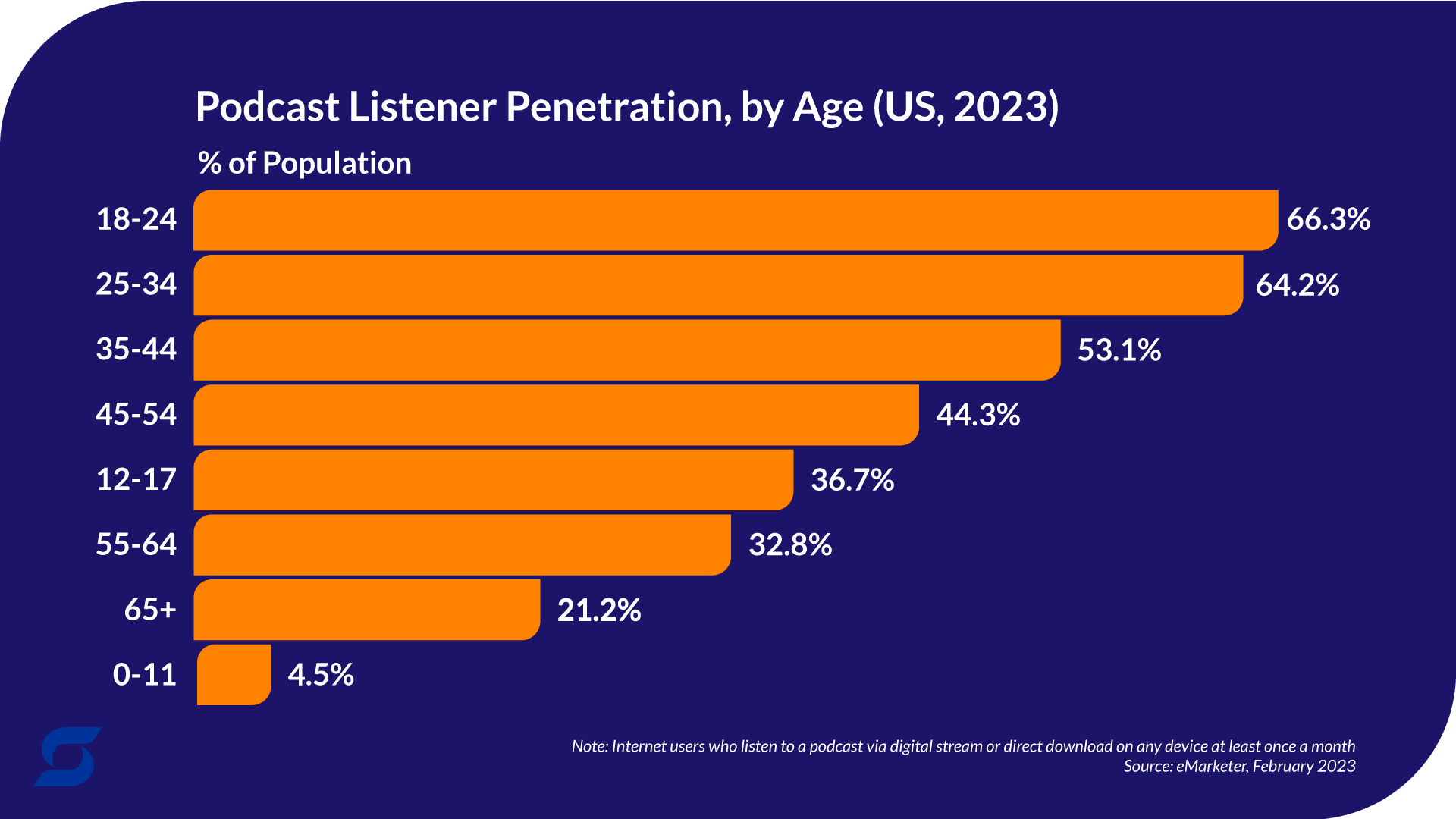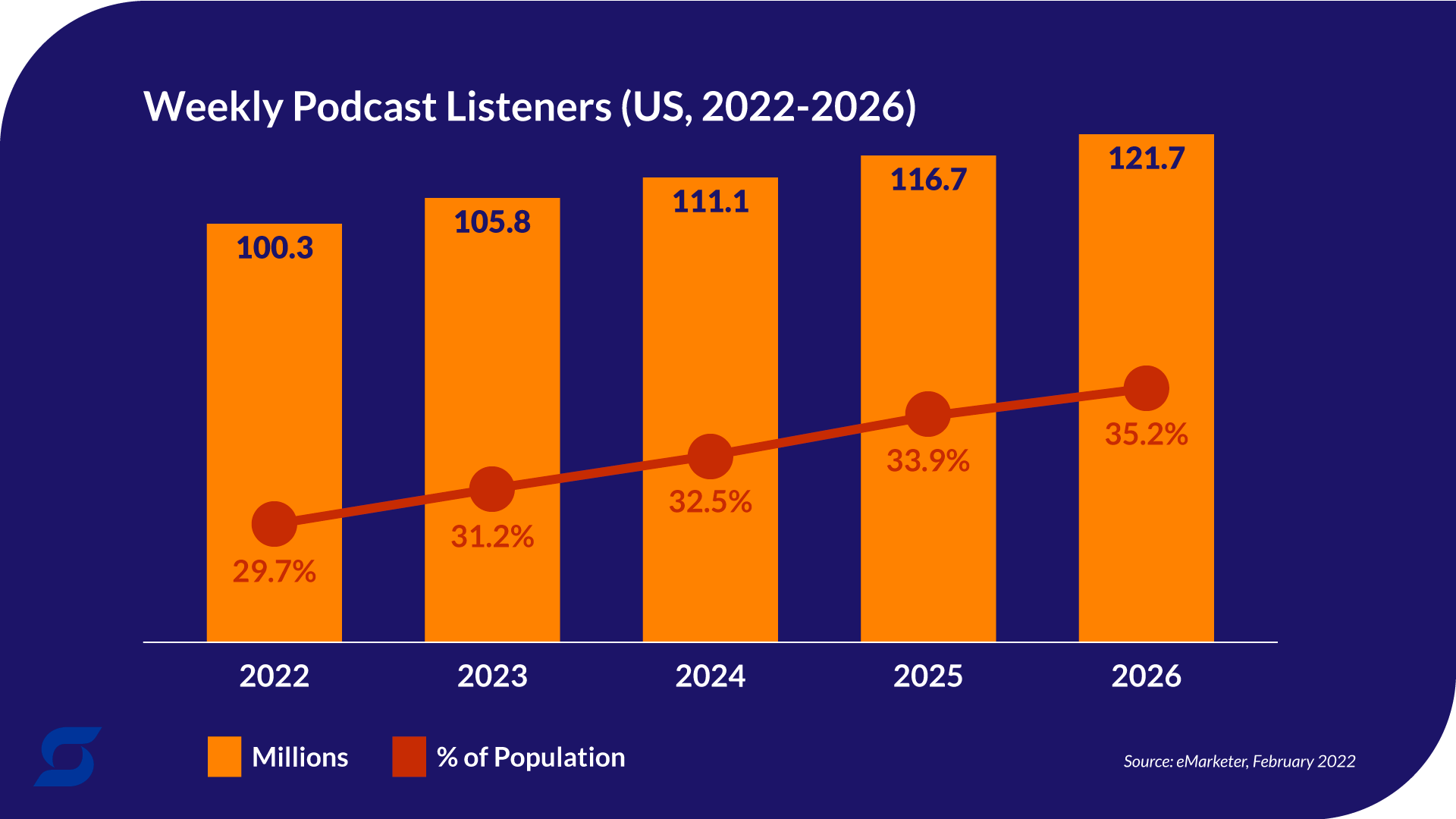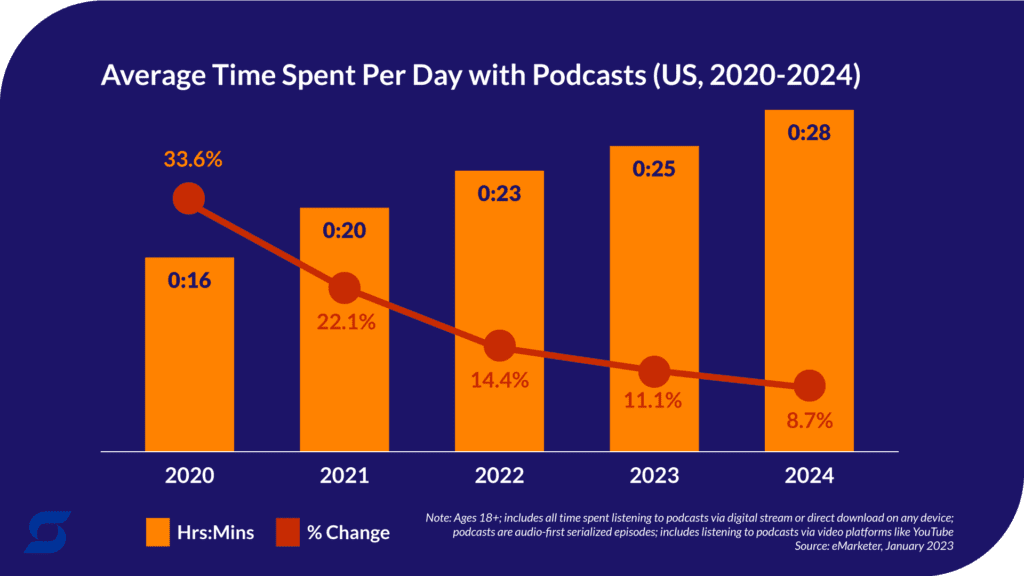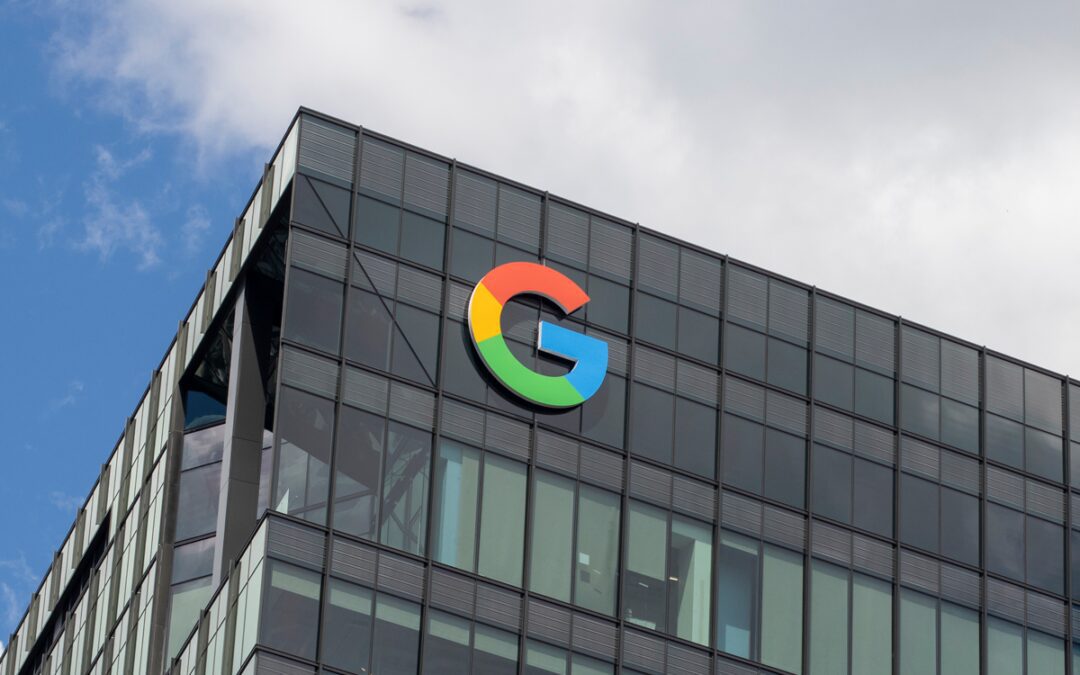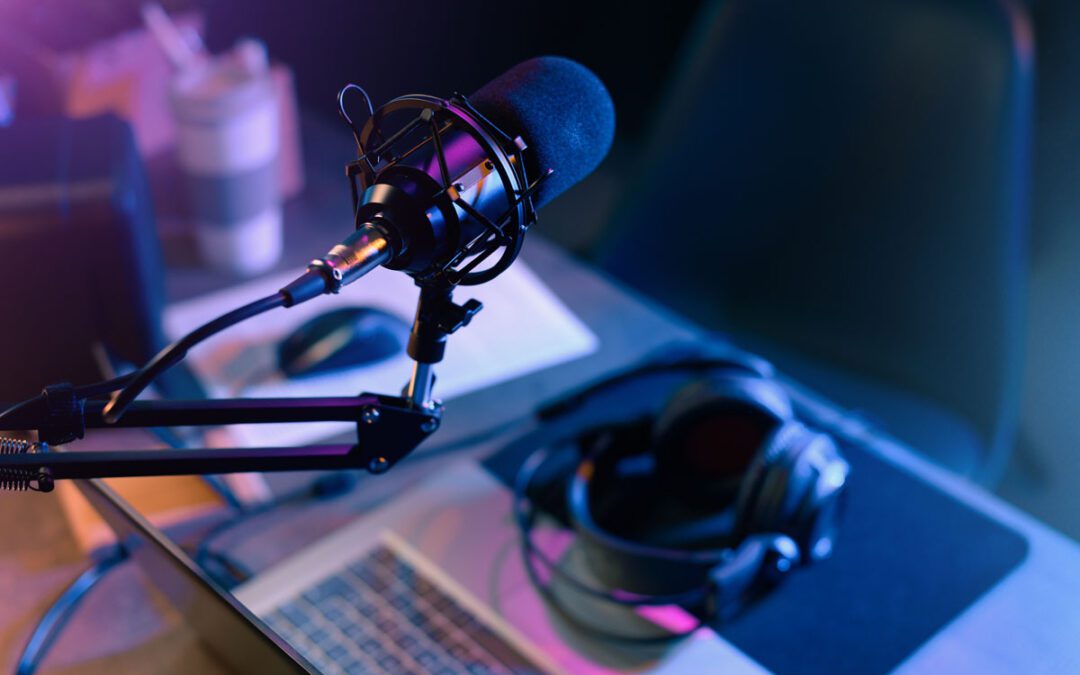Podcast Advertising Considerations
Podcasts are a very strong direct response platform (and branding opportunity) for national advertisers. By leveraging the endorsement of trusted podcast hosts, companies can generate meaningful branding with individual podcast audiences. However, it can be hard to scale these efforts for large-scale growth goals because of the fragmented market, the expensive inventory (CPM), and limited attribution capabilities for podcasts. Podcast advertising strategy can help.
Compared to terrestrial radio, podcasts are still relatively small, even in aggregate. For mass reach, podcasts are tough to match traditional audio channels, especially in terms of buying logistics given the disparate podcast companies selling advertising.
While measurement and media is available locally, podcasts are best purchased as “Live Reads” or endorsements that run nationally. The pandemic decelerated podcast growth at a macro-level, but it is still growing and remains a very attractive branding medium that can deliver direct response if executed correctly. Keeping this context in mind will be crucial in developing your brand’s podcast advertising strategy.
Why Podcasts Matter
According to a 2021 report by Edison Research, the percentage of Americans aged 12+ who have ever listened to a podcast is now 78%, up from 75% in 2020. The report also found that 57% of Americans aged 12+ have listened to a podcast in the past month, up from 55% in 2020. Podcasts are especially popular with younger generations.
Podcast listening has become a more frequent activity, with the average weekly podcast listener listening to seven podcasts per week, up from five in 2019. The report also revealed that podcast listeners are spending more time listening to podcasts, with the average weekly podcast listener spending six hours and 39 minutes listening to podcasts, up from six hours and 15 minutes in 2020.
These statistics indicate that podcast listening is not only increasing in terms of audience size but also in terms of frequency and duration. With the continued growth of podcasting and the increasing popularity of voice-assisted technology, it is likely that podcast listening will continue to increase in the coming years and having a podcast advertising strategy will be important.
Podcasting in 2023
In 2023, podcasting has continued to grow in popularity, with millions of people worldwide regularly tuning in to their favorite shows. As voice-assisted technology becomes even more ubiquitous, podcasting has become an integral part of people’s daily routines, with many listening to their favorite shows on their commute, while doing chores, or during their workout.
Thanks to advancements in technology, podcasting has become even more accessible and inclusive than ever before. Podcast hosting platforms have made it easier for creators to produce, distribute, and monetize their shows. The democratization of podcasting has led to an explosion of new and diverse voices, with podcasts covering a vast range of topics from politics to pop culture, personal development to entrepreneurship, and everything in between.
As listeners demand even more personalized content, podcasting has become more niche-oriented, with shows catering to specific interests and communities. Podcasters are now producing shows that cater to niche audiences, and they use advanced analytics to understand their listeners’ preferences and behavior better. This enables them to create content that resonates with their listeners, which ultimately drives growth and engagement. However, this also makes it harder to scale growth from an advertiser perspective. It’s the tradeoff between impact within a small target audience and mass reach needed for growth goals.
In 2023, podcasting has also become a more interactive and collaborative experience. Creators are engaging more with their listeners, taking feedback, and involving them in the creation process. Live podcast events and meetups have become more popular, creating a sense of community among podcast fans.
While the rate of growth for podcasting may have slowed down in recent years, podcasting is still experiencing overall growth. According to the same report by Edison Research mentioned earlier, the percentage of Americans who have listened to a podcast increased by only 3% from 2020 to 2021. This is a smaller increase than in previous years, indicating that the growth rate for podcasting has slowed down.
Podcast Advertising Strategy
Podcast advertising can be good for ROI, depending on several factors: the podcast’s audience, ad format, and targeting. While it may be difficult to measure the exact ROI of podcast advertising, many companies have reported positive returns on their investment.
One of the main advantages of podcast advertising is that it can reach a highly-engaged and loyal audience. According to a study by Edison Research and Triton Digital, podcast listeners tend to be affluent, educated, and loyal to the shows they listen to. This means that podcast advertising can be an effective way to reach a specific demographic and build brand awareness.
Additionally, podcast advertising offers a variety of ad formats, including host-read ads, pre-recorded ads, and sponsorships. Host-read ads, in particular, can be effective because they are delivered by the host of the show and feel more personal and authentic to listeners.
Both live reads and dynamic insertion have their advantages and can be effective for podcast advertising, depending on the goals of the campaign and the preferences of the advertiser.
- Live reads are when the host of the podcast reads the ad copy during the recording of the show. Live reads can be more engaging and authentic, as the host can add their own personal touch and speak to the audience in their own voice. Listeners often trust the host and their recommendations, so live reads can be effective for building brand awareness and driving conversions. If the goal is to build trust and engage with the audience, live reads may be a better option.
- Dynamic insertion is when ads are inserted into podcast episodes dynamically, based on the listener’s location, interests, or other factors. Dynamic insertion allows for greater targeting and personalization, as ads can be tailored to the specific audience and context. It also allows for greater flexibility in terms of ad placement and frequency. If the goal is to reach a specific audience and achieve greater targeting and personalization, dynamic insertion may be a better option.
In some cases, a combination of both live reads and dynamic insertion, such as using live reads for brand awareness and dynamic insertion for targeted messaging, may be used in your podcast advertising strategy to achieve results.
Understanding ROI
Measuring the ROI of podcast ads will educate your podcast advertising strategy. To use attribution for podcasts, you would need to track customer actions such as clicks, downloads, and purchases, and tie them back to specific podcast advertising campaigns. This can be done by using unique URLs, promo codes, or landing pages in your podcast ads, and tracking customer behavior through web analytics tools such as Google Analytics.
By analyzing this data, you can gain insights into which podcast advertising campaigns are driving the most conversions and revenue and make informed decisions about future investments. You can also use attribution to optimize your campaigns by testing different ad formats, messaging, and targeting strategies to see which are most effective.
However, it is important to note that attribution can be challenging for podcasts, as there is no universal measurement standard, and tracking listener behavior across different platforms and devices can be complex. Additionally, not all listeners will take immediate action after hearing a podcast ad, which can make it difficult to tie conversions directly back to a specific campaign.
Overall, attribution can be a valuable tool for understanding the ROI of podcast advertising, but it should be used in conjunction with other metrics and strategies to gain a comprehensive understanding of the effectiveness of your campaigns.
Google’s ad server (Campaign Manager 360) can also work to help measure performance for local activations. You can use an ad server to further analyze podcasts relative to other digital channels. Campaign Manager tags are typically used for tracking ad impressions and conversions across different websites and ad networks. Some podcast hosting platforms may support the use of Campaign Manager tags for podcast ads, while others may not.
If a podcast hosting platform does support Campaign Manager tags, the advertiser would need to work with the platform to set up the tags and ensure that they are properly integrated with the podcast ad campaign.
It’s also important to note that some podcast ads may not be delivered through the traditional ad serving methods used for display and video ads. For example, host-read ads may be delivered directly by the podcast host or network without the use of ad servers or tags. In these cases, Campaign Manager tags would not be applicable.
Overall, if you are considering using Campaign Manager tags in your podcast advertising strategy, it’s important to check with the podcast hosting platform and ad delivery method to determine if this is a viable option.
Podcast Pricing
Podcasts are a highly-engaging and intimate form of media, with listeners often tuning in for extended periods of time and developing strong connections with the hosts and content. This high level of engagement and personalization can lead to higher conversion rates for advertisers, and consequently higher demand and pricing for podcast ad inventory. Podcast advertising inventory is generally more expensive than other audio formats, such as radio or streaming music services, due to the unique characteristics of the podcasting medium.
In addition, podcasting is still a relatively new and growing industry, with a limited supply of high-quality podcast content and a growing number of advertisers looking to reach this audience. This supply-demand dynamic can drive up the cost of podcast ad inventory, particularly for popular and highly-targeted podcasts. However, it’s important to note that the cost of podcast ad inventory can vary widely depending on a number of factors, such as the size and popularity of the podcast, the length and frequency of the ad placement, and the targeting and personalization options offered by the hosting platform or network.
Advertisers should carefully consider their campaign goals and budget, and explore a range of advertising options to determine the most effective and efficient podcast advertising strategy for reaching their target audience.
Is Podcast Advertising for Me?
Overall, podcast advertising can be a good choice for ROI if it aligns with your target audience and marketing goals. As with any advertising channel, it is important to track and measure the results of your campaign to determine its effectiveness and make informed decisions about future investments and your overall podcast advertising strategy.
However, podcast advertising may not be effective for all businesses or industries. For example, if your target audience does not listen to podcasts, or if your product or service is not well-suited to audio-based advertising, podcast advertising may not be the best choice for your marketing strategy.
Podcasting can be effective for both direct response (DR) and branding goals, depending on the specific campaign objectives and targeting strategies.
- For direct response campaigns, podcast advertising can drive specific actions such as product purchases, sign-ups, or downloads. Podcasts often have highly-engaged and loyal audiences, which can lead to higher conversion rates and a strong ROI for DR campaigns. In addition, podcast advertising can be highly targeted and personalized, allowing advertisers to reach specific audiences with relevant messaging and calls to action.
- Podcasting can also be effective for branding campaigns that aim to build awareness, loyalty, and associations with a brand or product. Podcast advertising can be used to showcase brand personality, values, and storytelling through host-read sponsorships, branded content, or sponsor mentions. This can help to create an emotional connection with the audience and build brand recognition and affinity over time.
Overall, the effectiveness of podcasting for DR or branding will depend on the specific campaign objectives, audience targeting, and creative execution. Both DR and branding strategies can be successful in podcast advertising, and advertisers should carefully consider their goals and budget to determine the most effective approach for their campaign.
Get in touch to learn more about how Scale Marketing uses insights to drive growth and business results for companies like yours.

